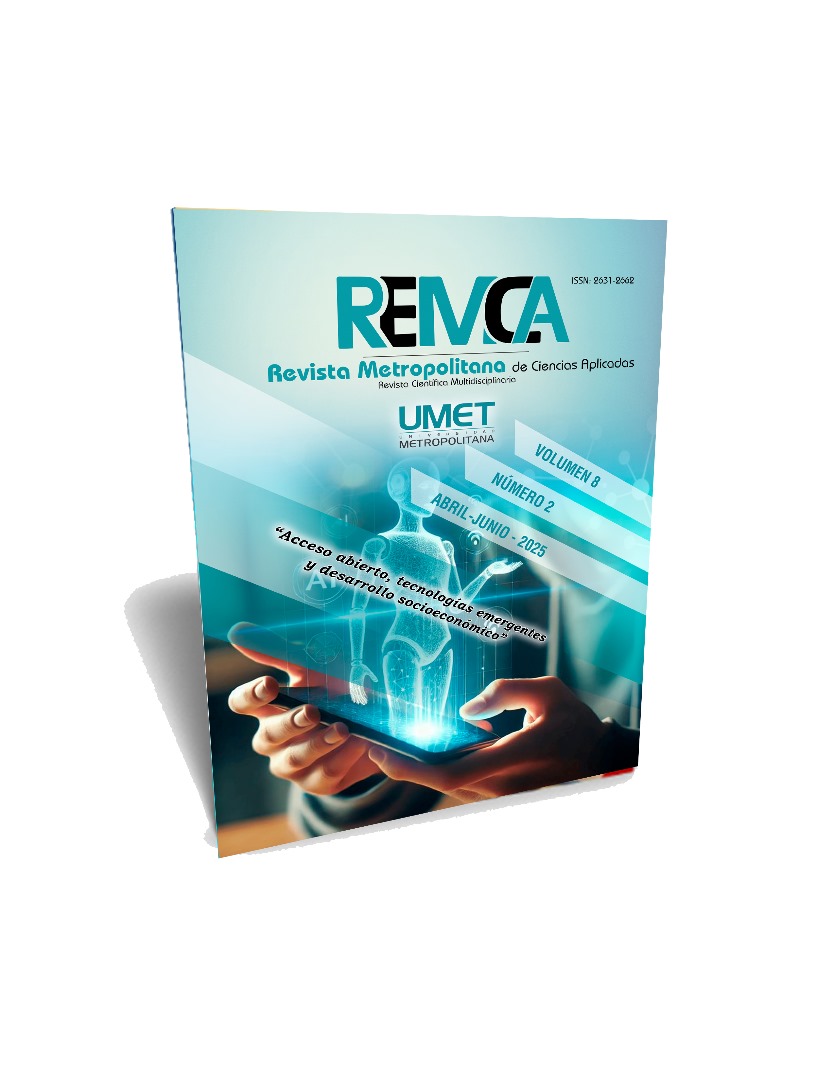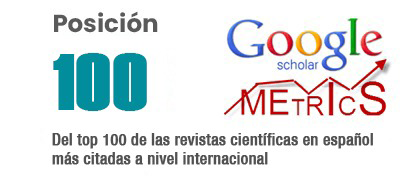Transforming the educational space: impact of virtual classrooms on physics learning
DOI:
https://doi.org/10.62452/2bw8wv75Keywords:
Virtual classrooms, didactic, education, PhysicsAbstract
The article describes an educational response for the teaching of physics, implemented in a public school in Ecuador under a virtual modality that combined synchronous and asynchronous classes, using virtual platforms. The objective of the teaching actions and strategies implemented was to level students in the subject of physics through the use of virtual classrooms that provide a variety of resources to facilitate learning. The research used a quasi-experimental design, applying a control evaluation before and after the intervention. In addition, the impact of the interventions on learning was evaluated through measurements before and after the pedagogical reinforcement program, using the T-Student test to analyze the data. The results obtained showed significant differences in the test scores of the students who received this support, indicating that the study of physics through virtual classrooms produced positive academic results in the students who participated in the intervention. These findings validate the importance of rethinking didactics with planning appropriate to the context, use of resources, virtual tools, and continuous evaluation, to guarantee the continuity of learning and the satisfactory achievement of academic results.
Downloads
References
Arévalo, Y. (2005). La incidencia de la preparación en ciencias físicas que se imparte en el curso prepolitécnico en el rendimiento académico de los estudiantes de ingeniería en la Escuela Superior Politécnica del Litoral. (Tesis de Grado). Escuela Superior Politécnica del Litoral.
Arrieta Matos, L., & Mercado Peñaloza, M. (2018). Nivelatorios: Estrategia para mitigar deserción académica precoz. Congresos CLABES. https://revistas.utp.ac.pa/index.php/clabes/article/view/1992
Cabrera, F., Verdugo, M., Cabrera, H., Escudero, M., & Franco, M. (2022). Rendimiento académico universitario, según el modelo de bachillerato por especialidades y el bachillerato general unificado del Ecuador, estudio de caso en la Universidad de Cuenca 2012-2018. Universidad Verdad, 1(80). https://doi.org/10.33324/uv.v1i80.512
Campoverde, J., & Mendoza, N. (2021). Análisis multivariado de Eficiencia Terminal 2014-2016 haciendo énfasis en la incidencia de número de nivelaciones y la reprobación de materias básicas. (Tesis de Grado). Escuela Superior Politécnica del Litoral.
Carrera, F., Matailo, C. & Calle, M. (2021). Transformación digital en la educación en el ámbito de la pandemia covid-19: aplicación en ciencias exactas en la ESMIL. Revista de Ciencias de Seguridad y Defensa, 6(4), 16-16. https://journal.espe.edu.ec/ojs/index.php/revista-seguridad-defensa/article/download/2572/2060
Carreras, C., Yuste, M. & Sánchez, J. (2007). La importancia del trabajo experimental en física: un ejemplo para distintos niveles de enseñanza. Revista Cubana de Física, 24(1), 80-83. http://www.revistacubanadefisica.org/RCFextradata/OldFiles/2007/vol24-No.1/singlefilevol24-No.1.pdf#page=84
Guaypatin Pico, O., Fauta Ramos, S., GálvezCisneros, X., & Montaluis, D. (2021). La influencia de la matemática en el desarrollo del pensamiento. Revista Boletín Redipe, 10(7), 106-112. https://revista.redipe.org/index.php/1/article/view/1352
Hernández Sampieri, R., Fernández, C., & Baptista, M. (2014). Metodología de la investigación (Sexta). Mc Graw-Hill.
Means, B., Toyama, Y., Murphy, R., Bakia, M., & Jones, K. (2013). Evaluation of Evidence-Based Practices in Online Learning: A Meta-Analysis and Review of Online Learning Studies.US Department of Education. https://www2.ed.gov/rschstat/eval/tech/evidence-based-practices/finalreport.pdf
Mila, F., Maldonado, X., & Yánez, K. (2020). Incidencia del reglamento nacional de nivelación y admisión en el acceso a la educación superior en Ecuador. Información tecnológica, 31(3). https://www.scielo.cl/scielo.php?pid=S0718-07642020000300171&script=sci_arttext
Mora, J. (2012). La incidencia de las habilidades cognitivas en el aprendizaje de física, en los estudiantes del cuarto ciclo de la carrera de matemáticas y física de la facultad de filosofía, letras y ciencias de la educación de la universidad de cuenca, período marzo julio de 2010. (Tesis de maestría). Universidad Técnica de Ambato.
Portales, S., Estay, G., & Cabezas, M. (2017). Nivelación Académica En Matemática: ¿Un Factor Que Aporta A La Disminución Del Abandono? (Ponencia). Congresos CLABES. Talca, Chile.
Prado, P. (2015). Experiencia En Programas De Nivelación Académica Para Alumnos De Primer año De Enseñanza Superior: Enfrentando El Abandono En La Educación Superior Técnica Profesional. (Ponencia). Congresos CLABES. Talca, Chile.
Ruiz, Á., & Poveda, R. (2021). Reforma Matemática Costa Rica: recursos para una época imprevisible. Cuadernos de Investigación y Formación en Educación Matemática, (20), 54-76. https://revistas.ucr.ac.cr/index.php/cifem/article/view/48475
Zavaleta, R. (2019). Importancia de la matemática. http://bibliotecavirtualoducal.uc.cl:8081/handle/123456789/1601688
Downloads
Published
Issue
Section
License
Copyright (c) 2025 Marco Alejandro Rojas-Rojas, Tatiana Gabriela Quezada-Matute, Freddy Patricio Guachun-Lucero, Irma Alicia Rojas-Rojas (Autor/a)

This work is licensed under a Creative Commons Attribution-NonCommercial-ShareAlike 4.0 International License.
Authors who publish in Revista Metropolitana de Ciencias Aplicadas (REMCA), agree to the following terms:
1. Copyright
Authors retain unrestricted copyright to their work. Authors grant the journal the right of first publication. To this end, they assign the journal non-exclusive exploitation rights (reproduction, distribution, public communication, and transformation). Authors may enter into additional agreements for the non-exclusive distribution of the version of the work published in the journal, provided that acknowledgment of its initial publication in this journal is given.
© The authors.
2. License
The articles are published in the journal under the Creative Commons Attribution-NonCommercial-ShareAlike 4.0 International License (CC BY-NC-SA 4.0). The terms can be found at: https://creativecommons.org/licenses/by-nc-sa/4.0/deed.en
This license allows:
- Sharing: Copying and redistributing the material in any medium or format.
- Adapting: Remixing, transforming, and building upon the material.
Under the following terms:
- Attribution: You must give appropriate credit, provide a link to the license, and indicate if any changes were made. You may do this in any reasonable manner, but not in any way that suggests the licensor endorses or sponsors your use.
- NonCommercial: You may not use the material for commercial purposes.
- ShareAlike: If you remix, transform, or build upon the material, you must distribute your creation under the same license as the original work.
There are no additional restrictions. You may not apply legal terms or technological measures that legally restrict others from doing anything the license permits.




